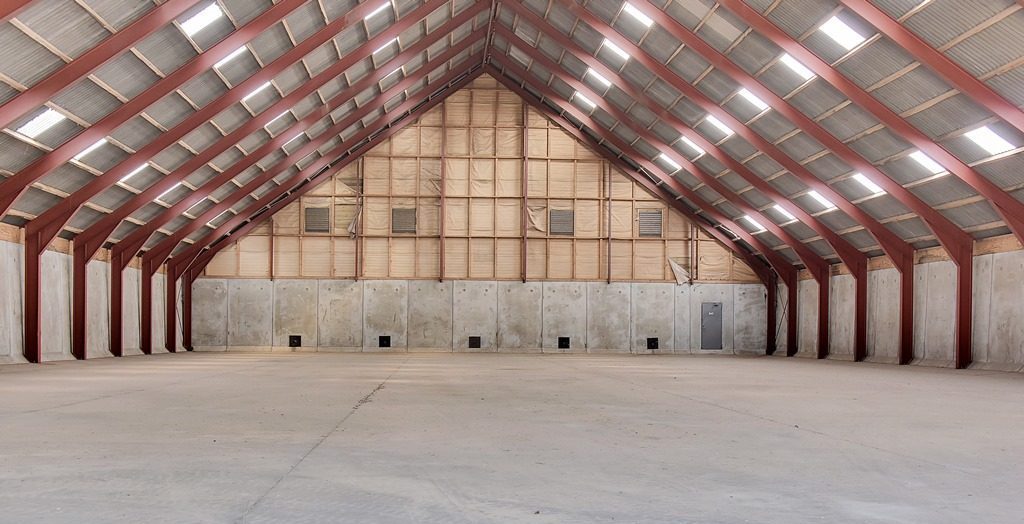The APLMA Facility Agreement: A Comprehensive Guide
As a legal professional, the APLMA (Asia Pacific Loan Market Association) Facility Agreement is a fascinating and crucial aspect of commercial transactions. The APLMA Facility Agreement provides a standardized framework for documenting and negotiating loan agreements in the Asia-Pacific region. Its widespread adoption has simplified the loan documentation process and enhanced transparency and efficiency in the loan market.
Key Features of the APLMA Facility Agreement
The APLMA Facility Agreement offers several key features that make it an invaluable tool for lenders and borrowers:
- Standardized Documentation: agreement provides standardized templates loan documentation, making easier parties negotiate execute loan transactions.
- Flexibility: While providing standard terms conditions, agreement also allows flexibility accommodate specific transaction structures requirements.
- Transparency: agreement promotes transparency including clear comprehensive provisions, reducing scope disputes misunderstandings.
Case Study: Impact of APLMA Facility Agreement
Let`s look at a case study to understand the impact of the APLMA Facility Agreement in real-world transactions:
| Transaction Type | Before APLMA Agreement | After APLMA Agreement |
|---|---|---|
| Syndicated Loan | Lengthy and complex negotiation process | Streamlined negotiation and documentation process |
| Loan Pricing | Unclear benchmarking and pricing mechanisms | Transparent and standardized benchmarking and pricing |
| Dispute Resolution | High potential for disputes due to ambiguous terms | Clear dispute resolution mechanisms reducing the likelihood of conflicts |
Important Considerations for APLMA Facility Agreement
When dealing with the APLMA Facility Agreement, it is essential to consider the following aspects:
- Local Regulatory Compliance: Ensure compliance local laws regulations structuring loan transactions using APLMA Agreement.
- Market Practice: Stay updated evolving market practices trends loan documentation effectively utilize APLMA Facility Agreement.
- Legal Advice: Seek expert legal guidance navigate complexities agreement tailor specific transaction requirements.
The APLMA Facility Agreement has revolutionized the loan documentation process in the Asia-Pacific region, offering a unified and transparent framework for lenders and borrowers. Its impact on streamlining transactions and reducing legal complexities is commendable, making it an indispensable resource for commercial transactions.
For further information and guidance on the APLMA Facility Agreement, consult with legal experts well-versed in the intricacies of loan documentation in the Asia-Pacific market.
APLMA Facility Agreement
This APLMA Facility Agreement (“Agreement”) is entered into as of [Date], by and between [Party Name] (“Lender”) and [Party Name] (“Borrower”), collectively referred to as the “Parties.”
| 1. Definitions |
|---|
|
In this Agreement, unless the context otherwise requires: (a) “Facility” means the loan facility granted by the Lender to the Borrower pursuant to this Agreement; (b) “Drawdown Date” means the date on which the Borrower draws down the Facility; (c) “Interest Rate” means the rate of interest applicable to the Facility as specified in Clause 3; (d) “Maturity Date” means the date on which the Facility becomes due and payable in full as specified in Clause 4; (e) “Default” means any of the events specified in Clause 7; and (f) “Force Majeure” means any event or circumstance beyond the reasonable control of the Parties, as specified in Clause 9. |
| 2. Facility |
| The Lender agrees to provide the Borrower with a loan facility in the amount of [Amount] (“Facility”), subject to the terms and conditions of this Agreement. |
| 3. Interest Rate |
| The Facility shall accrue interest at the Interest Rate, calculated on a daily basis and payable by the Borrower on the Maturity Date. |
| 4. Maturity Date |
| The Facility shall be due and payable in full on the Maturity Date, unless otherwise extended or modified in writing by the Parties. |
| 5. Representations Warranties |
|
The Borrower represents and warrants that: (a) it has full power and authority to enter into and perform its obligations under this Agreement; (b) the execution and delivery of this Agreement has been duly authorized; and (c) this Agreement constitutes a legal, valid, and binding obligation of the Borrower. |
| 6. Governing Law |
| This Agreement shall be governed by and construed in accordance with the laws of [Jurisdiction], without regard to its conflict of laws principles. |
Top 10 Legal Questions About APLMA Facility Agreement
| Question | Answer |
|---|---|
| 1. What is an APLMA Facility Agreement? | The APLMA Facility Agreement is a standardized form of facility agreement used in syndicated loan transactions in the Asia Pacific region. It provides framework borrower obtain loan group lenders, outlining terms conditions loan, rights obligations parties involved. |
| 2. What are the key provisions of an APLMA Facility Agreement? | The key provisions of an APLMA Facility Agreement typically include the loan amount, interest rate, repayment terms, representations and warranties, covenants, events of default, and the rights and obligations of the borrower and lenders. |
| 3. How is an APLMA Facility Agreement different from other types of facility agreements? | An APLMA Facility Agreement is specifically tailored for use in the Asia Pacific region and takes into account the legal and market practices in that region. It may contain provisions that are unique to the region, such as those related to cross-border transactions and local regulatory requirements. |
| 4. Can the terms of an APLMA Facility Agreement be negotiated? | While the APLMA Facility Agreement is a standardized form, the terms and conditions can be negotiated between the borrower and lenders to suit the specific requirements of the transaction. However, certain provisions, such as those related to mandatory provisions and market standards, may be non-negotiable. |
| 5. What are the implications of defaulting on an APLMA Facility Agreement? | If a borrower defaults on an APLMA Facility Agreement, the lenders may have the right to accelerate the loan, demand immediate repayment, take enforcement action against the borrower`s assets, and pursue other remedies available under the agreement and applicable law. |
| 6. Are there any regulatory considerations to be aware of when entering into an APLMA Facility Agreement? | Yes, borrowers and lenders should be aware of the regulatory requirements applicable to the transaction, including those related to foreign exchange controls, anti-money laundering laws, and sanctions compliance. It is important to ensure that the transaction complies with all relevant regulations. |
| 7. What is the role of the agent in an APLMA Facility Agreement? | The agent acts on behalf of the lenders in administering the loan and ensuring that the terms of the facility agreement are complied with. Agent also serves primary point contact borrower lenders, may certain rights powers agreement. |
| 8. How does security work in the context of an APLMA Facility Agreement? | In an APLMA Facility Agreement, the borrower may be required to provide security to the lenders to secure the repayment of the loan. This security may take the form of guarantees, pledges, mortgages, or other types of collateral, depending on the nature of the transaction. |
| 9. What are the dispute resolution mechanisms in an APLMA Facility Agreement? | APLMA Facility Agreement may contain provisions specifying governing law, jurisdiction resolving disputes, methods resolving disputes, arbitration litigation. It is important to carefully consider and negotiate these provisions to ensure effective dispute resolution. |
| 10. What are the best practices for managing an APLMA Facility Agreement? | Best practices for managing an APLMA Facility Agreement include maintaining clear and accurate documentation, adhering to the terms of the agreement, communicating effectively with the lenders and agents, and seeking legal advice when necessary to ensure compliance with the agreement and applicable laws. |






